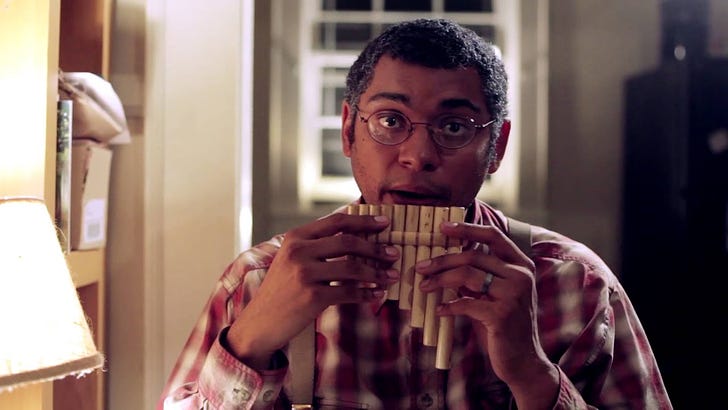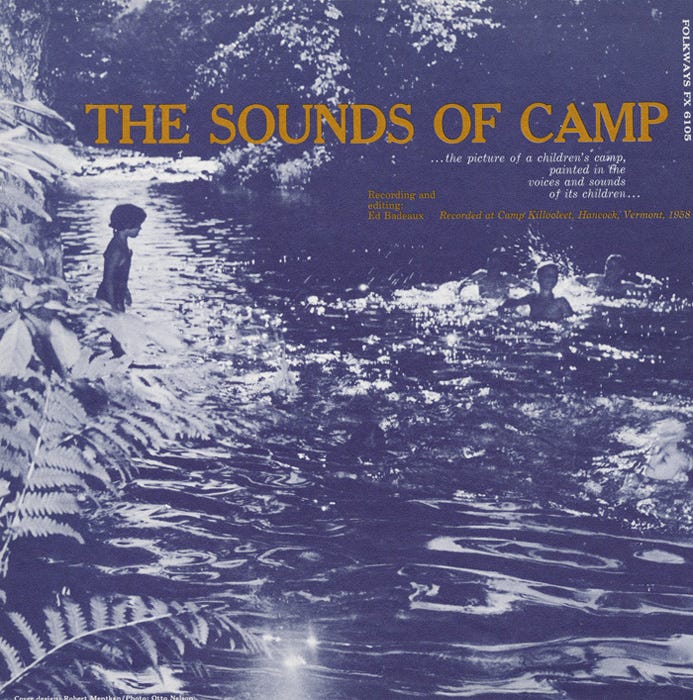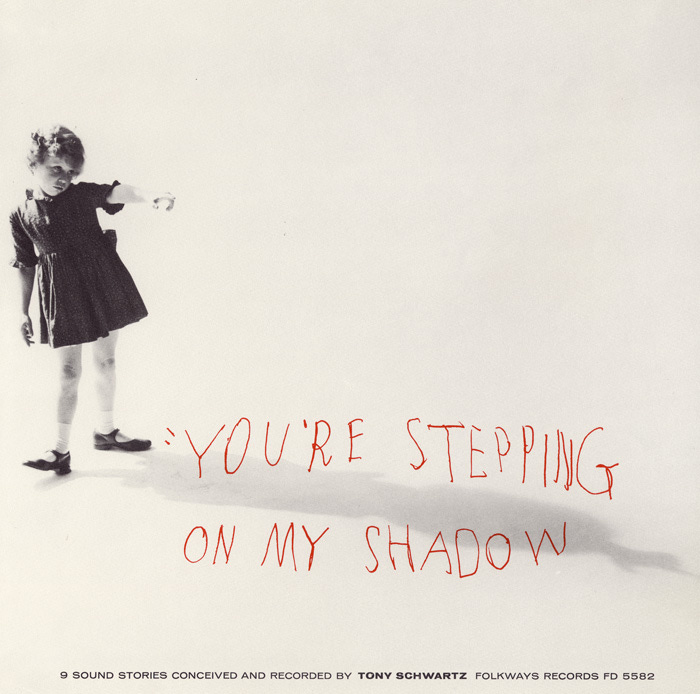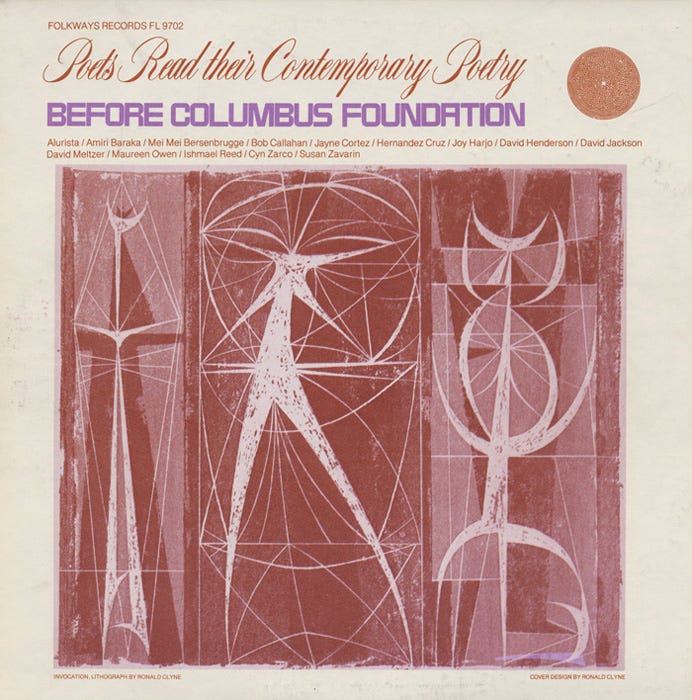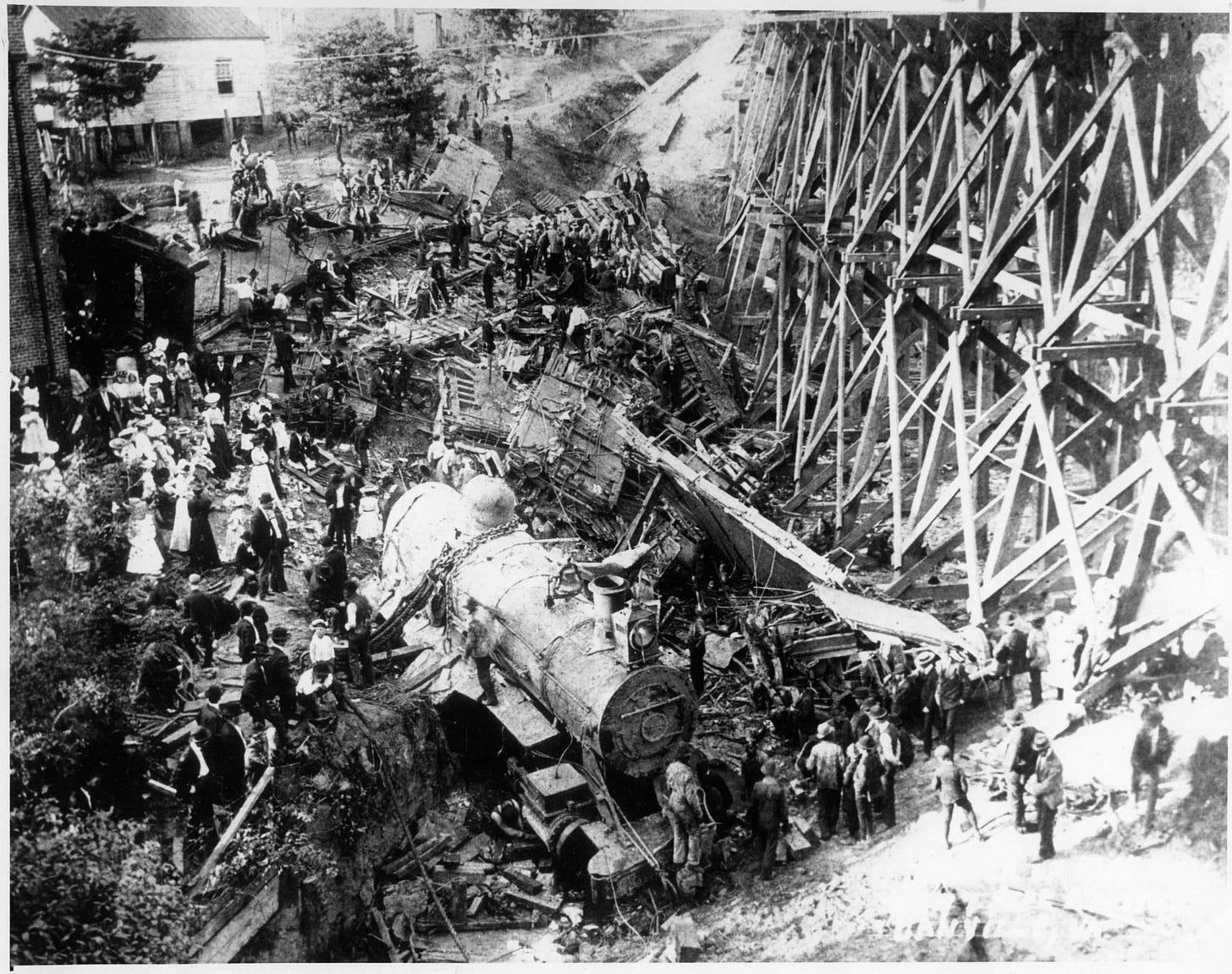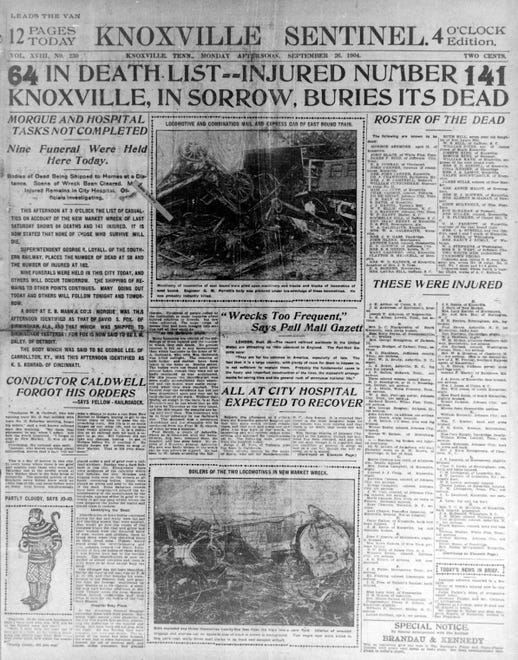August Link Roundup
In August we relocated so that I can start my third degree, this time in a textiles program. While applying to the program, I wrote about how my interest in folk music developed into an interest in folklife over time. I also wrote about how the various elements of tangible and intangible folklife are connected: “My interests in craft, food, and music require one another; they are drawn together through the lines that make up daily life, transforming normal objects, animals, and activities into meaningful symbols of local culture and community.” A little flowery, but it holds true, and there are a few obvious examples in my link choices this month; I hope you’ll read on with this idea in mind.
Videos
1 Helpful Tutorial
Last week on the show, we played a recording of Joe Patterson, an American musician known for performing songs on the quills, a traditional African American instrument similar to the panpipe. I found this video of the “American Songster” Dom Flemons demonstrating how the quills are played.
2 Live Performances
On August 10th we played a recording by this duo from Virginia, which was taken from a video from 1984. I believe this video is from the same performance.
Here’s an excellent video of the Scottish folk duo The Corries playing “The Bonnie Lass of Fyvie-o,” the origin of the American ballad “Pretty Peggy-o.”
Albums
3 Non-Music Albums
Sounds of Camp, a 1959 documentary recording made at a children’s summer camp in Vermont, with everything from lunchtime rounds of “Happy Birthday,” to kids backstage before a play, to girls gossiping after a dance.
You're Stepping On My Shadow by Tony Schwartz, an agorophobic sound archivist who spent much of his life recording the sounds of his neighbourhood in New York City.
Poets Read Their Contemporary Poetry was compiled by the Before Columbus Foundation, a nonprofit dedicated to the promotion of multicultural literature in the United States.
Articles
3 Trainwreck Articles
On August 3 we played Patrick Sky’s 1965 version of “The Wreck of the 97.” The song is about the 1903 derailment of the Southern Railways Mail Train, which flew off the side of a bridge while speeding to keep schedule. This encyclopedia article is about the wreck, and the subsequent songs written about it.
“Casey Jones” is probably one of the best-known American folk songs. This article isn’t about Casey, but rather his wife and what became of her after the song’s success. We rarely hear about how these songs actually impacted those mentioned in them, and in this case, the impacts were unfortunate.
I’m including this picture gallery of the New Market Wreck of 1904 simply because I’ve never come across a trainwreck from the early 20th century with so many available photographs of it, and from so many angles.
2 Articles on Historical Events Memorialized in Song
In February of 1972, a coal waste dam broke and sent 130 million gallons of coal slurry down Buffalo Creek in West Virginia, killing 150 people and leaving thousands homeless. This article quotes people who experienced the disaster firsthand, explores the aftermath, and talks about how later incidents were handled in the United States.
We played Phil Ochs’ song about the “Colorado Cannibal” Alferd Packer on August 24, and I spent a lot of time reading about the guy after that. This is a nice, short summary about the case, though there’s a lot more information to find if you’re as interested as I am.
1 Article About a Champion of Folk Music
This is a wonderful obituary about Agnes “Sis” Cunningham: musician, teacher, activist, and founder of Broadside Magazine.
Miscellany
Speaking of Broadside Magazine, you can find every single issue of it at the bottom of this webpage. This is a treasure trove for someone like me who loves looking at archival materials online—it’s like stepping back in time and seeing what was on your favourite folksingers’ minds at any point in the 1960s.
On August 3 we played a song from the soundtrack of a 1962 film called Whaler Out of New Bedford, which was inspired by a painted panorama of whaling scenes from 1848. After the show, I was able to find that exact panorama, which is in the collection of the New Bedford Whaling Museum in Massachusetts. They’ve completely digitized it and compiled it into this digital exhibit, along with detailed information about the history of panoramas and the locations depicted in "The Grand Panorama of a Whaling Voyage 'Round the World".
Thanks for stopping by—if you want to drop me a line, you can contact me here, or email me at ckuwbarkingdog@gmail.com. I always enjoy talking to other folk folks. I hope you can catch next week’s show, and I’ll see you back here in a month. Take care!

